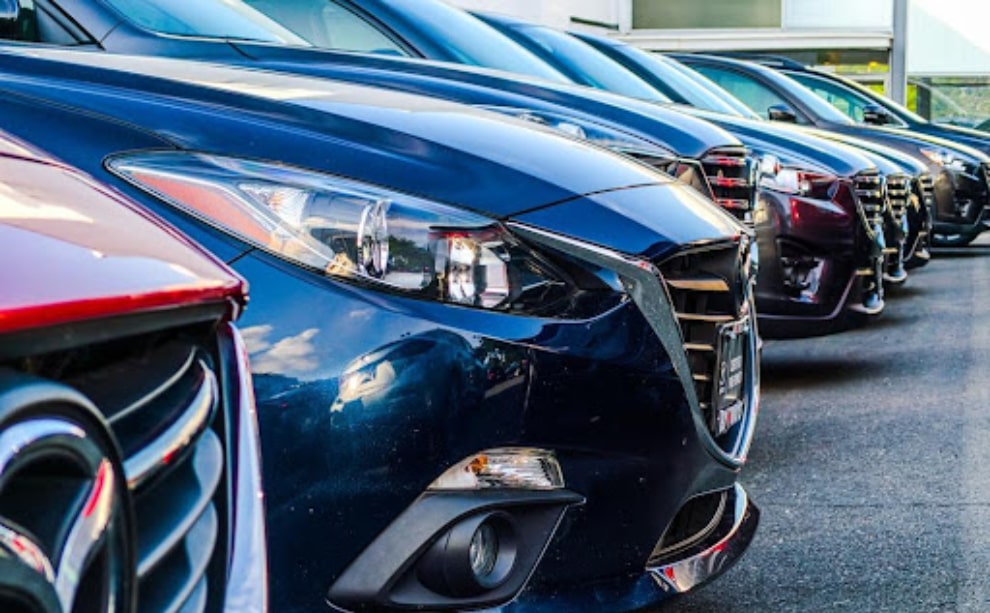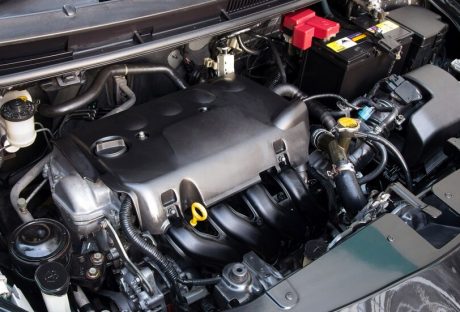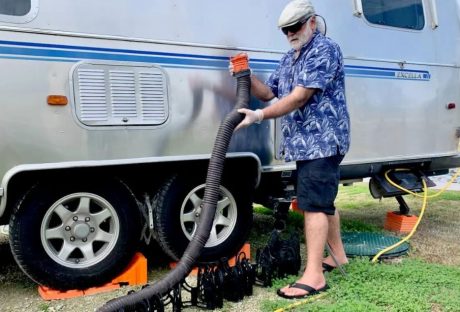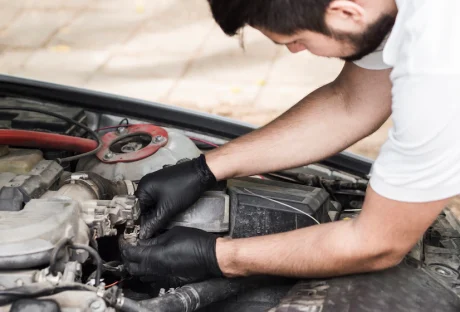In the automotive world, one crucial term is a warranty. This terminology underscores a significant aspect of car ownership that can save owners a heap of money should things go wrong. But what does a warranty cover? Specifically, what does a powertrain warranty involve? Keep reading to learn more.
Understanding The Basics Of Powertrain Warranty Coverage

The term warranty strikes a familiar chord amongst car owners, and often, the term powertrain does, too. This specific type of warranty covers the components that propel your vehicle.
This includes major parts like the engine, transmission, and drivetrain. For most, the powertrain warranty is a safety net of sorts, safeguarding them against unexpected and costly repairs linked to these components.
Powertrain warranties typically cover mechanical defects and failed parts due to faulty manufacturing. The duration of this type of warranty may range from a few years to the vehicle’s lifespan, depending on the manufacturer’s terms.
However, it’s important to understand that these warranties do not cover mishaps, improper maintenance, or general wear and tear issues. Consequently, having this knowledge at your fingertips helps you understand the protection you have with your vehicle under the powertrain warranty coverage.
Key Components Included in Powertrain Warranties
The crux of a powertrain warranty lies within exactly what it encompasses. Predominantly, it covers three primary parts of the vehicle: the engine, the transmission, and the drivetrain. The engine, being the heart of the vehicle, includes an array of parts, including the pistons and crankshaft.
The automatic or manual transmission consists of gears that help transfer power from the engine to the drivetrain. This component is crucial for the vehicle’s movement. So, a malfunctioning transmission may render your car stagnant.
Finally, the drivetrain, either front-wheel drive, rear-wheel drive, or all-wheel drive, relies on the transfer of power from the engine to move the wheels. Any defect in this component will adversely impact vehicle mobility.
Essential Factors To Consider When Shopping For A Powertrain Warranty
When shopping for any warranty, specifics are key. With a powertrain warranty, pay close attention to the terms and conditions. They indicate what is and isn’t covered. Clarity on these details aids in avoiding unpleasant surprises in the future.
Consider the duration, too. How long does the warranty last? Does it span the vehicle’s part of the lifespan or the entire lifespan? This information is vital as it impacts your vehicle maintenance and budgeting decisions.
Also, consider the warranty’s transferability. In some cases, warranties can be transferred if you decide to sell the vehicle, which could increase the car’s value.
Furthermore, take note of the warranty provider’s reputation. A warranty is only as good as the company standing behind it. Therefore, researching the provider’s record on claim handling and customer satisfaction is essential.
The Role of Powertrain Warranty in Vehicle Maintenance and Budgeting
A powertrain warranty plays a core role in vehicle maintenance and budgeting. Its presence helps maintain the vehicle’s vital components, ensuring its long-term performance and functionality. The coverage for expensive repairs protects against unforeseen financial strains.
For instance, engine and transmission repairs can run into thousands of dollars. By covering these potential costs, a powertrain warranty helps car owners draw up a more accurate and stable budget for vehicle maintenance.
In addition, the warranty fosters regular maintenance of the covered components, improving vehicle value over time. Regular maintenance can also mitigate serious problems that could potentially land the car in major repair situations.
Overall, a powertrain warranty is instrumental in reducing financial uncertainty, protecting your investment, and maintaining your vehicle’s health and value.
A powertrain warranty can serve as a lifeline against costly repairs due to inherent mechanical issues, preserving your vehicle’s performance. Altogether, armed with the right information, you can make an informed decision on whether a powertrain warranty is beneficial for you and your vehicle.
Keep Learn About:






















